Having just rehabbed the charcoal canister in my waggy, I thought I'd do a write up. Eventually I'll hope to put it on my website and in the archives, but for now at least it will be here.
A few years ago Scotty wrote up how to adapt a later canister to work. But, that canister is now just about as hard to find as a correct one for an SJ. So its back to fixing 'em...
There's a good write up on repairing the canister by TWMattox starting on post #7 of "carbon in carb." Lots of good pictures and explanation there. So, I hope that to add to what he did and also clarify how it works.
The canisters changed over the years. The one I took apart is from an 1985 Waggy. The main body is off-white and has 4 ports on top including the one in the black cap. The ports are as follows:
- Fuel Tank Vent
- Purge line to PCV valve side port (constant manifold vacuum)
- Carburetor bowl vent (through vapor seperator & solenoid valve)
- Secondary purge signal from ported vacuum
The secondary purge line does not actually do any purging. All it does is provide a vacuum signal to a sealed rubber diagphram. On the other side is a manifold vacuum and a spring. When the throttle is opened, ported vacuum equals manifold vacuum and the spring lifts the seal allowing a more air to purge from the canister to the PCV valve connection.
I found nothing about the vapor canister, the solenoid valve, or vapor seperator in the MR 253. Did I just miss it?
Thanks to other members here and what Tom Collins has on his website, the 1981 and earlier FSM at least have some information. Did they just forget about the vapor emmissions controls in 1984!?
A few years ago Scotty wrote up how to adapt a later canister to work. But, that canister is now just about as hard to find as a correct one for an SJ. So its back to fixing 'em...
There's a good write up on repairing the canister by TWMattox starting on post #7 of "carbon in carb." Lots of good pictures and explanation there. So, I hope that to add to what he did and also clarify how it works.
The canisters changed over the years. The one I took apart is from an 1985 Waggy. The main body is off-white and has 4 ports on top including the one in the black cap. The ports are as follows:
- Fuel Tank Vent
- Purge line to PCV valve side port (constant manifold vacuum)
- Carburetor bowl vent (through vapor seperator & solenoid valve)
- Secondary purge signal from ported vacuum
The secondary purge line does not actually do any purging. All it does is provide a vacuum signal to a sealed rubber diagphram. On the other side is a manifold vacuum and a spring. When the throttle is opened, ported vacuum equals manifold vacuum and the spring lifts the seal allowing a more air to purge from the canister to the PCV valve connection.
I found nothing about the vapor canister, the solenoid valve, or vapor seperator in the MR 253. Did I just miss it?
Thanks to other members here and what Tom Collins has on his website, the 1981 and earlier FSM at least have some information. Did they just forget about the vapor emmissions controls in 1984!?



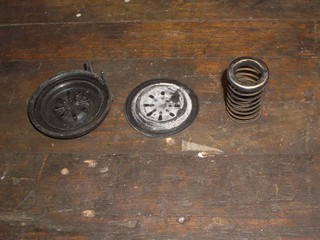
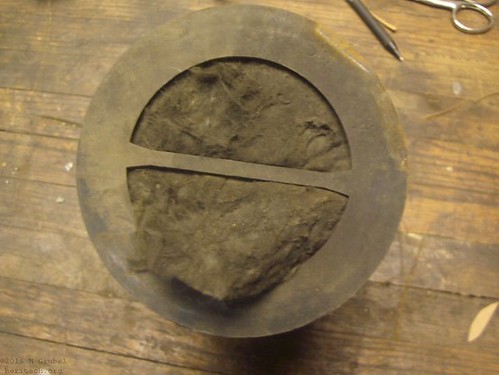
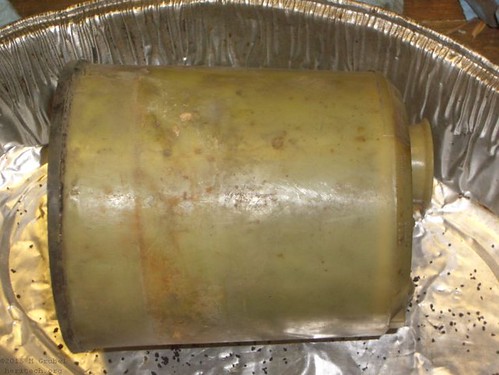



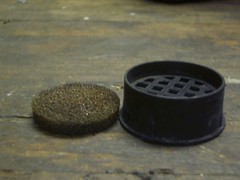
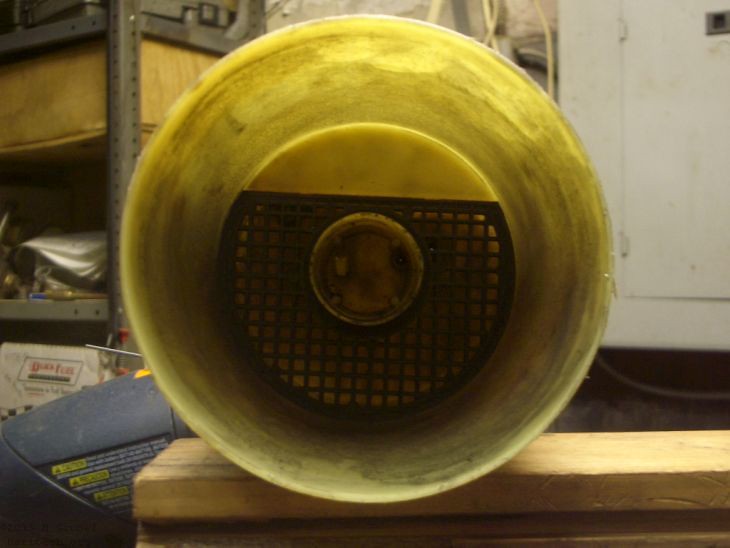
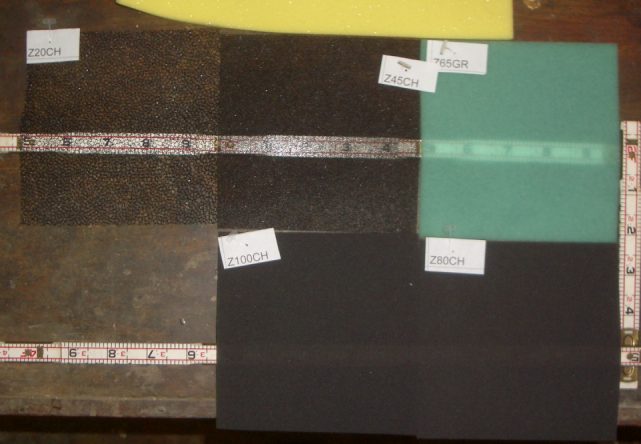


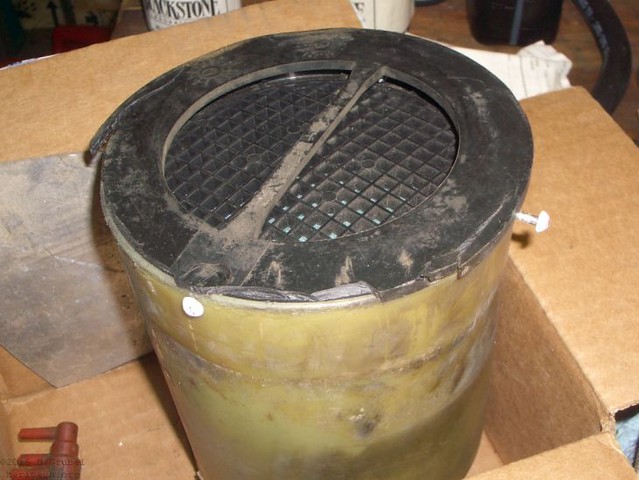
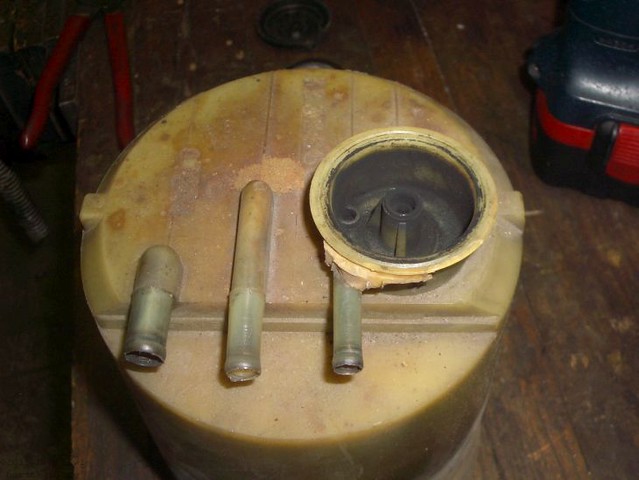
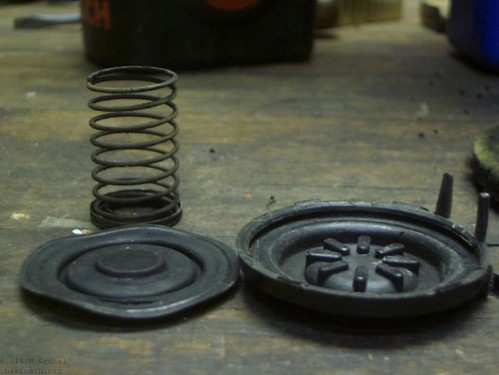
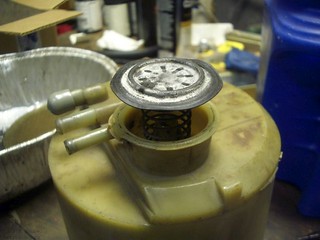

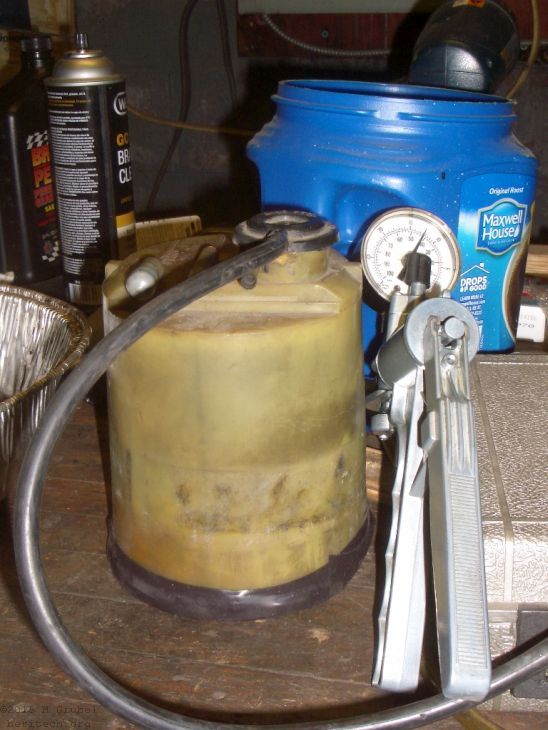



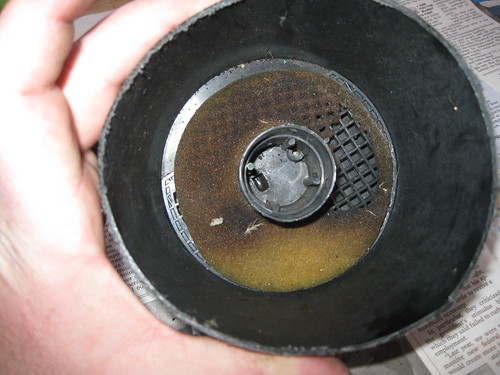
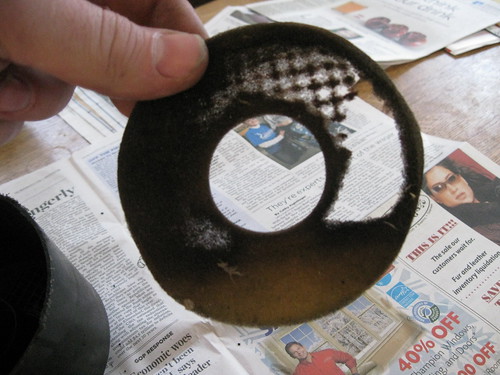
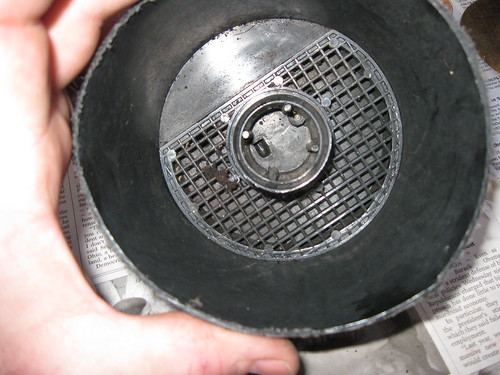
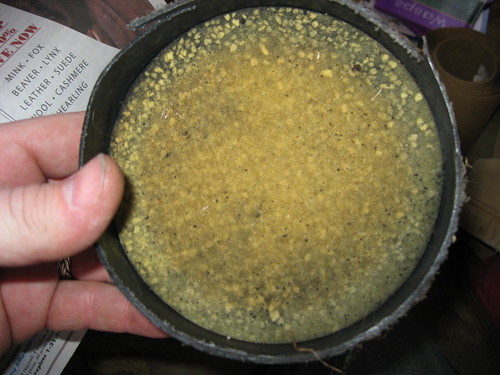
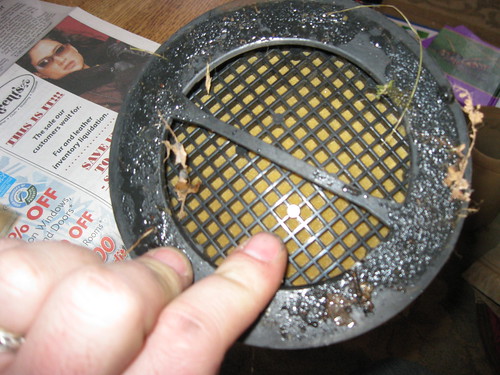


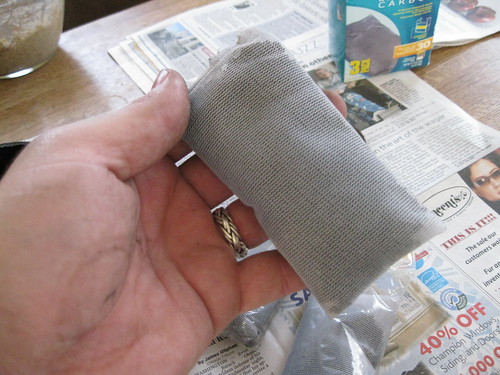

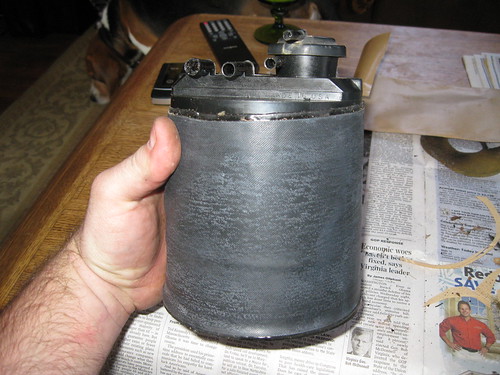
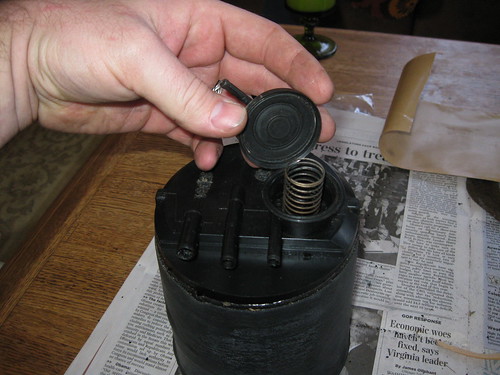
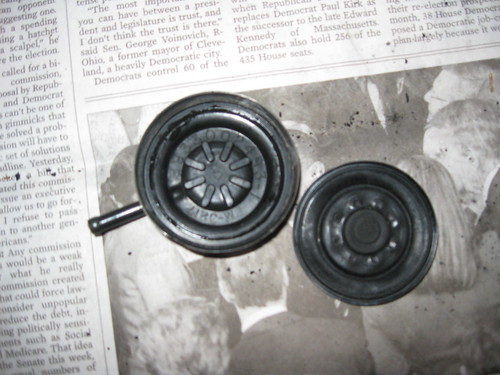
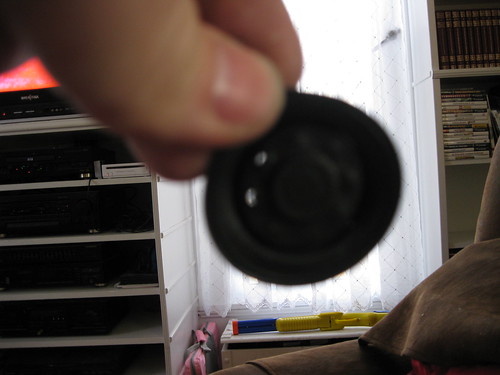
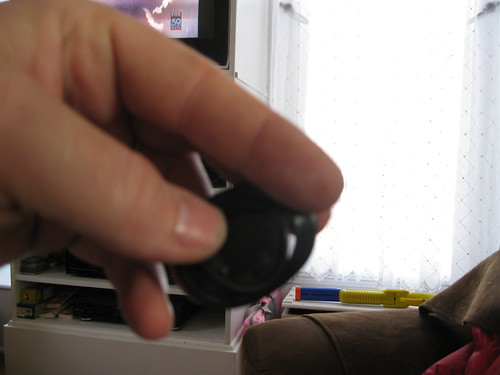

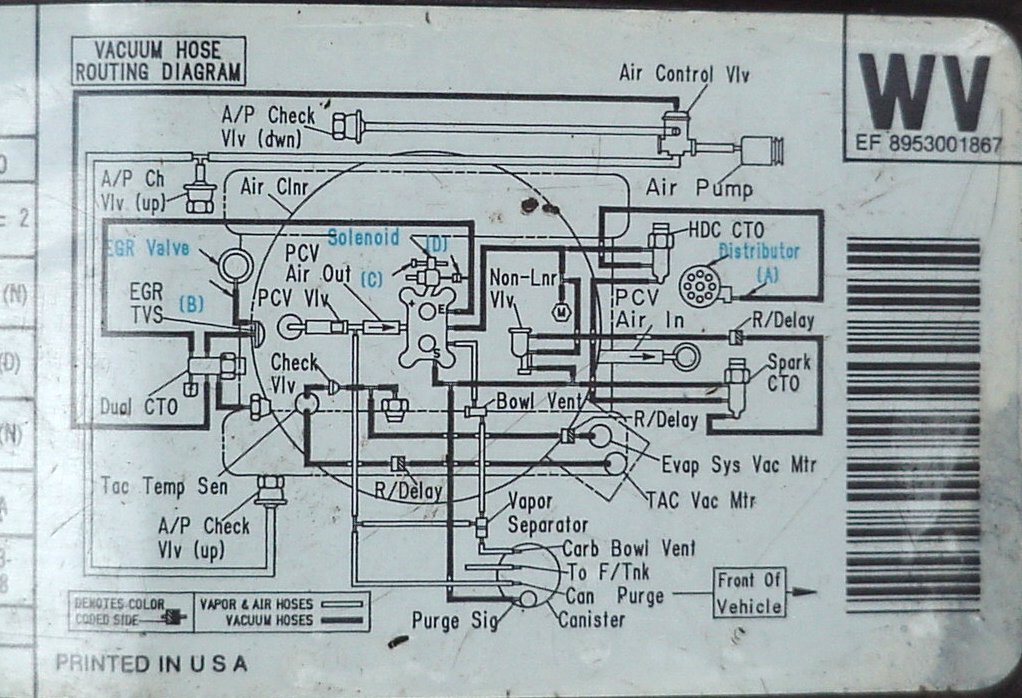


Comment